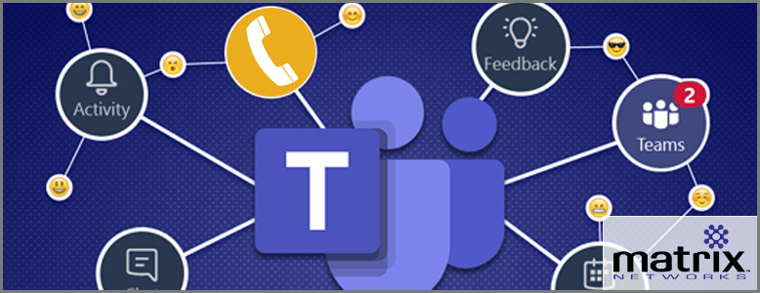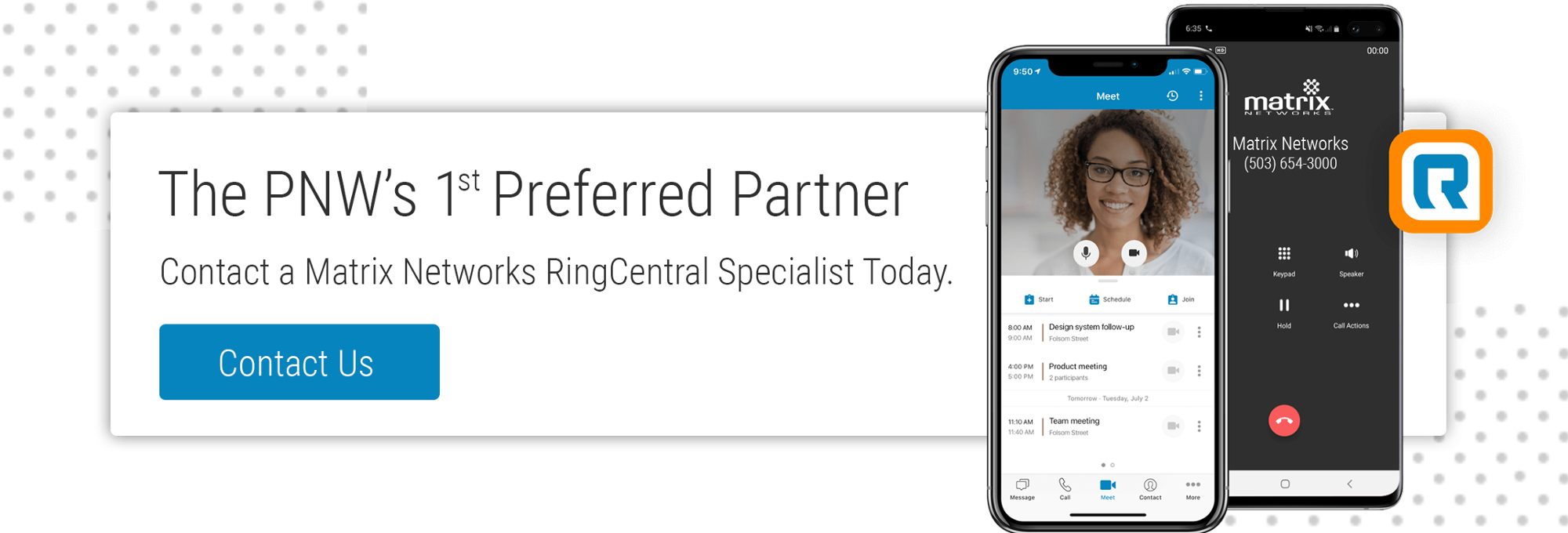
The new normal of Work-from-Home has caused a significant shift in the way that organizations are communicating, both internally and externally. This has led to a massive spike in collaborative tools such as Microsoft Teams, G Suite, Slack, and Basecamp, none more dramatic than the increase in usage of MS Teams. The number of daily active users of MS Teams more than doubled from 32 million users in March 12, 2019 to 75 million as of April 30, 2020 (statista.com). Albeit a gigantic leap, the rise in Teams usage comes as no surprise. Microsoft reports that over 91% of large US companies use MS Teams. 91%!
While the business world, pre-COVID, was used to simply spinning around in their chair and asking questions in person, this new world has changed the way we communicate even the simplest things. With so many people working remotely, the need for real-time answers and virtual collaboration has never been so critical. MS Teams and others provide a fast track to answers, project collaboration and of course, HUMAN INTERACTION!
The rise in MS Teams is easily explained for internal communication and collaboration, but how have businesses shifted their communication processes for their customers, vendors, and others outside of their organization? Email is great, but the need for live interactions is, and always will be, a business necessity. The organizations that were lucky/smart enough to have migrated to a cloud-based phone system prior to the pandemic were prepared to move operations out of cubicles seamlessly. These businesses had immediate access to communication tools via laptop, desktop, or mobile device anywhere at any time. Organizations with more antiquated voice solutions were most likely call-forwarding inbound calls to end-user’s cell phones and asking employees to make outbound calls via the same device. The exhausting list of inefficiencies associated with this strategy is a blog post in and of itself and unique to each business, so we won’t waste any time explaining. The bottom line is that the most important communication is with our clients, but our solutions have lagged even our own internal communications tools.
Regardless of the solution your company chose to implement, organizations of all sizes experienced significant changes from the regular day-to-day office experience. The largest of which was the increase of internal collaboration software like MS Teams. With this shift came the next big question: why can’t I just use Microsoft Teams as my phone system? Great question!! Here is the challenge we face: Microsoft has always struggled navigating the complex waters of telephone service, where the rules don’t bend to Microsoft’s will. Moving to a Team’s based solution presents advantages: a single Microsoft integrated platform, often already adopted by users, appearance of low cost, and simplicity to name a few. Teams also presents some challenges in availability of features, reliability, contact center capabilities, advanced routing, and even simple things like Auto-attendants. Support for your phone system suddenly shifts to a combination of your internal team, 3rd party integrators, and Microsoft. This can be confusing when things don’t go according to plan, and responsibility is murky. Teams provides a unique opportunity for organizations to adopt true collaboration tools and advance their productivity. Listed below are options we have identified for a migration of your current voice environment to realize the value of your Teams application.
Here are Your Options for Using Teams as Your Phone System
Option 1 –Initiating Microsoft’s Voice Licensing allows for your O365 Team environment to operate as a telephony solution designed for small and medium businesses of up to 300 users. It bundles Phone System, Audio Conferencing, a Domestic Calling Plan, and more. Phone System capabilities include voicemail, caller ID, call park, call forwarding, auto attendants, and call queues. Keep in mind that this is a metered plan with 3k minutes per user in calling time inbound and outbound, beyond that you are billed per minute. Also keep in mind this solution is not fully baked and is dependent on the broader Office environment’s stability; outages are more frequent than traditional voice offerings. The Teams solution does not provide the features and functionality of an enterprise grade solution like CRM/ERP integrations (call log entries, screen pops, etc.) it lacks reporting capabilities and much more. So, keep these things in mind and evaluate your own internal communications to ensure you won’t be disappointed.
- Pricing for adding Microsoft Voice Licensing: $8 per user
- Pricing for Calling Plan: $12 for Domestic $24 for International (per user)
- Total Cost $20-$22 (Domestic) $32-34 International
Option 2 – Install a basic HTML plugin extension with your existing phone system by searching the name of your phone system or collaboration tool in the App Store of MS Teams (if applicable, as many phone system solutions do not offer this feature). Again, be cautious. Many vendors will tell you that their solution integrates with Teams, however, when you pull back the curtains, all this is doing is launching the phone system application out of your MS Teams environment. This usually only works in the online version of MS Teams and is very clunky – requiring your end users to operate multiple applications, causing confusion and frustration with mixed results and low user adoption.
- Pricing for adding a plugin extension: $0 – Cloud phone seat ($18-$24) - Total cost $18-$24
Option 3 – Migrate to a cloud-based phone system that allows for the PBX to be the brains of the operation and manage the telephone connection. This solution seamlessly pushes voice traffic directly into your Teams environment without the need for a plug-in, launching the external voice communication right within Teams. This allows for end users to operate their phone system within Teams with the added benefit of all the features and functionality of a modern solution. Additionally, you have the reliability and redundancy of a cloud-based phone system operating as the backbone. Once configured in both Teams and within the admin of your phone system, the process is seamless. End-users can operate all inbound and outbound communication within their MS Teams. The downside of this scenario is added cost as you are paying for both Microsoft licensing and the underlying cloud voice service. BONUS POINTS: Having UCaaS as the backend allows for their CRM/ERP integrations to still be utilized (call log entries, screen pops, etc.) – where Teams has very little of these types of integrations. And, if MS Teams goes down for whatever reason, your organization has a backup phone system waiting to take and make calls, so you never miss a beat.
- Pricing for adding a plugin extension: ($8) for MS Licensing + cost of cloud phone seat ($6-$20)
- Total cost about $14-$28 per user
When evaluating a path forward you must determine your appetite for risk, willingness to forego some of the more common "PBX" features and a understanding of who is responsible for what. The Teams environment is here to stay, it's integration to the Microsoft core productivity suite provides many advantages and simplifies adoption. At Matrix Networks we believe Teams can be a powerful and cost-effective tool if the roll-out and design are solid. Our team is here to help you evaluate your options and chart a course for your collaboration and communications future.
Author: Ryan Graven




.svg%20(1).png?width=55&name=1200px-Logo_of_YouTube_(2015-2017).svg%20(1).png)

